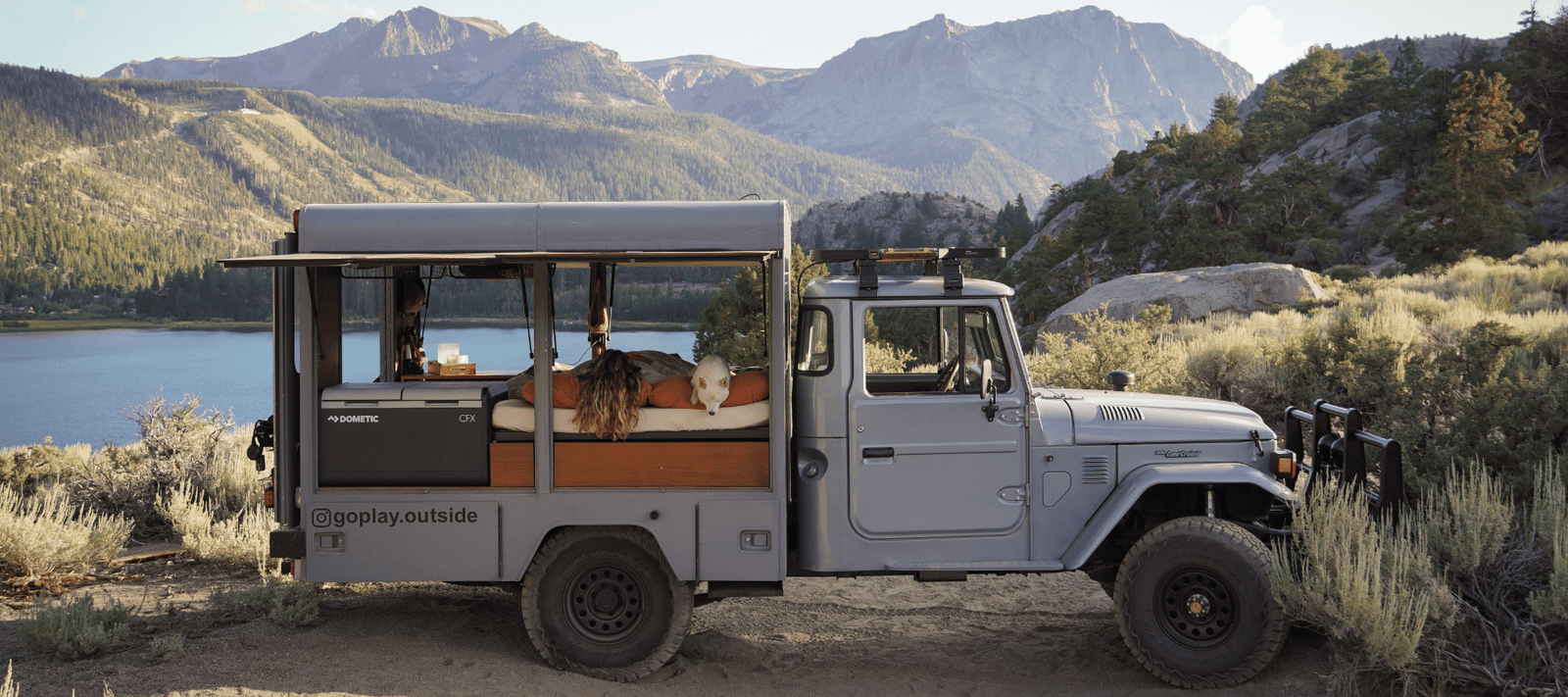Your Cart is Empty
October 20, 2025 5 min read

Welcome back to Rigs We Dig—our monthly series celebrating the ingenuity, grit, and creativity behind DIY adventure rigs. Some rigs are built to explore. Others are built with heart. Michael and Lauren’s 1981 Toyota Land Cruiser HJ47 — affectionately named Glamper — somehow manages to be both. What started as an old Australian Emergency Response Vehicle found on Craigslist during the pandemic has transformed into a one-of-a-kind, mid-century modern camper that’s equal parts rugged and refined. From a DIY paint job to a cozy HEST Foamy sleep setup, every inch of this build reflects the couple’s love for craftsmanship, self-sufficiency, and slow mornings in wild places.
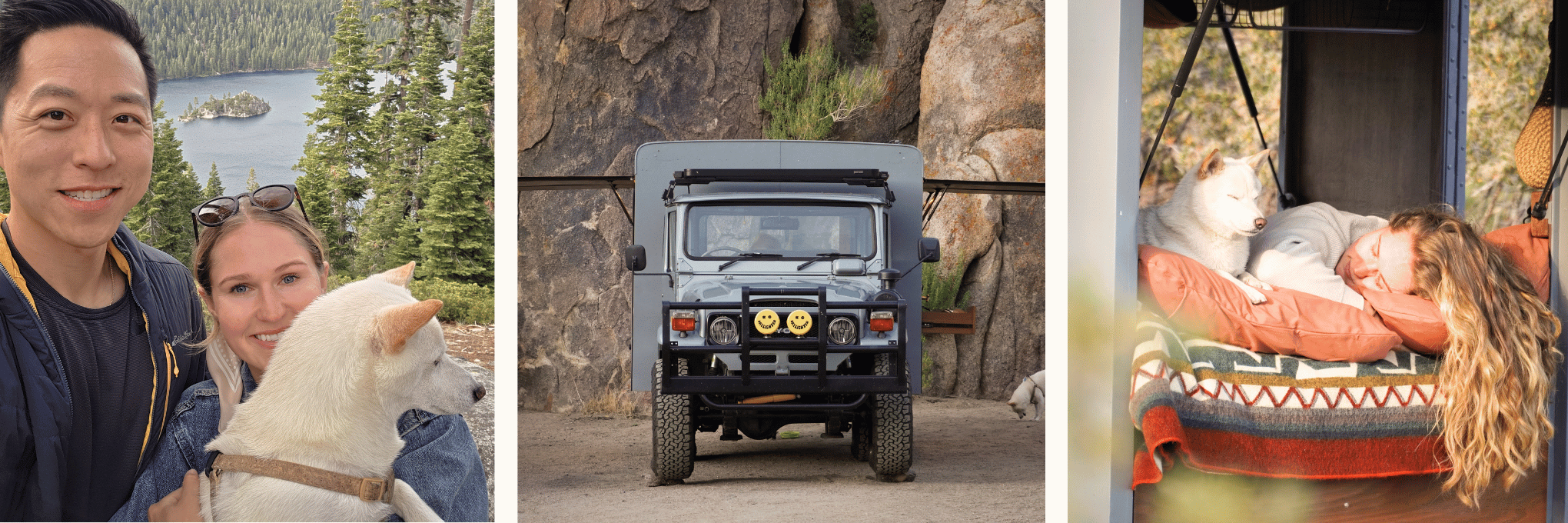
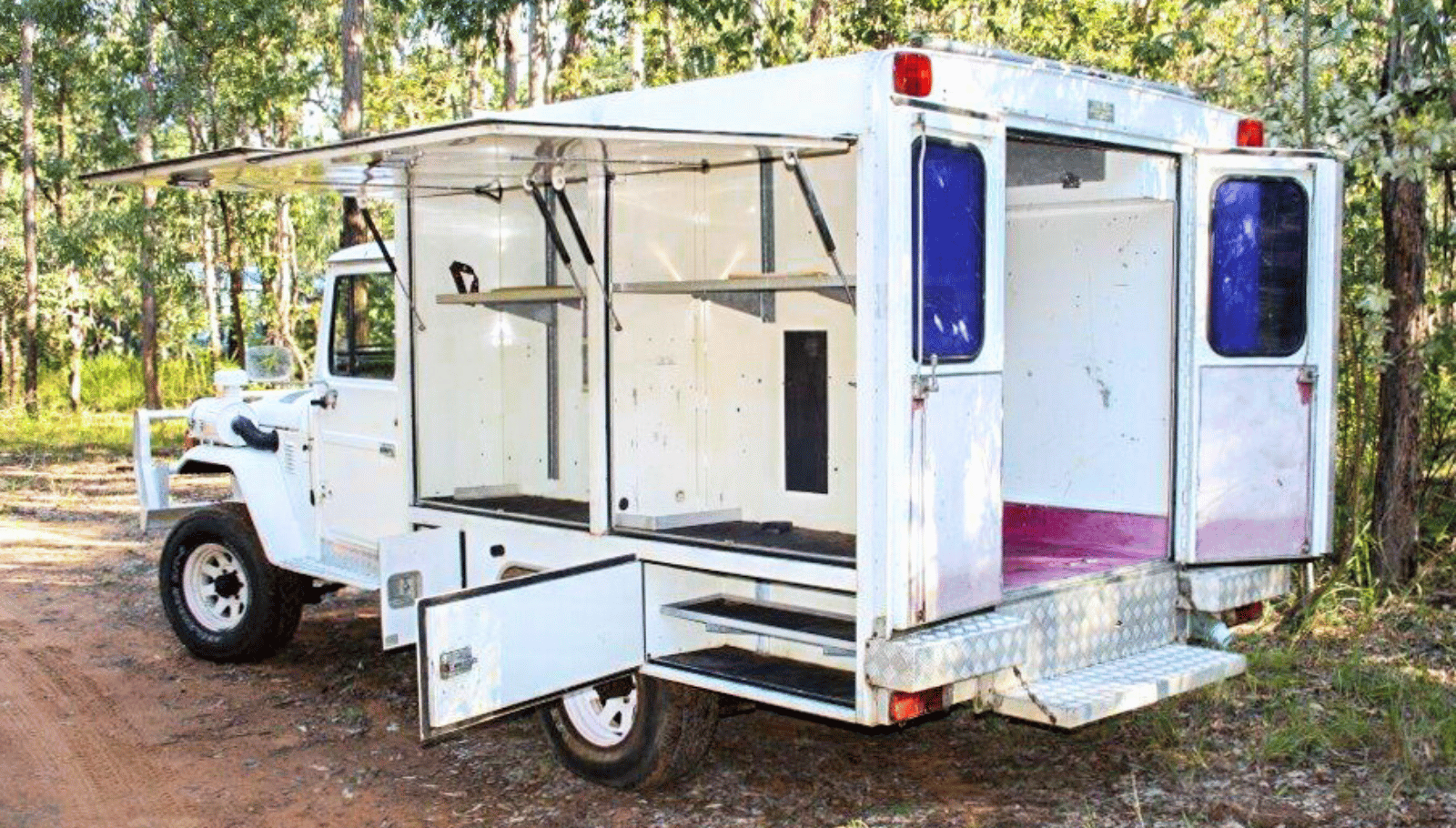
Your Name: Michael Choi & Lauren Berra
Location: San Diego, CA
Rig Nickname: Glamper
Make & Model: Toyota HJ47 Land Cruiser, AUS Emergency Response Vehicle
Year: 1981
HEST products: Foamy + Foamy Wide, Down Comforter, Duvet & Camp Pillows
What made you choose the Toyota Tacoma as your base?
Can you give us a top highlight overview of your buildout and its key features?
Our build is a DIY mid-century modern–inspired camper with warm wood tones and clean lines. Key features include:
What were your main goals or priorities when designing and building your rig?
Our main priorities were creating a space that felt both functional and inviting. We wanted aesthetic comfort—a warm, modern design that felt like a home rather than just a truck. Self-sufficiency was equally important, with reliable power, water, and storage systems to keep us comfortable off-grid. We also focused on optimizing weight and space; too often we see campers overloaded with gear, and our goal was the opposite—to minimize waste, reduce impact, and keep the rig light so we could truly enjoy the outdoors.What were some of the biggest challenges you faced during the build process?
While the pandemic gave us extra time to dive into the project, we were living in an apartment then, which meant most of the build happened out on the street or later in our family’s driveways. Constantly setting up and packing everything away was a challenge in itself.Another big hurdle was the automotive painting—we started with zero experience, and quickly learned just how many steps and precautions are involved. Ask us how much we enjoy sanding.
How many dollar signs on a scale of 1 to 5 is your build (5 being the highest)?
$$$$ We were able to keep the costs low by DIYing most of the build including the paint job.
What products, brands, or upgrades are you most excited about in your rig?
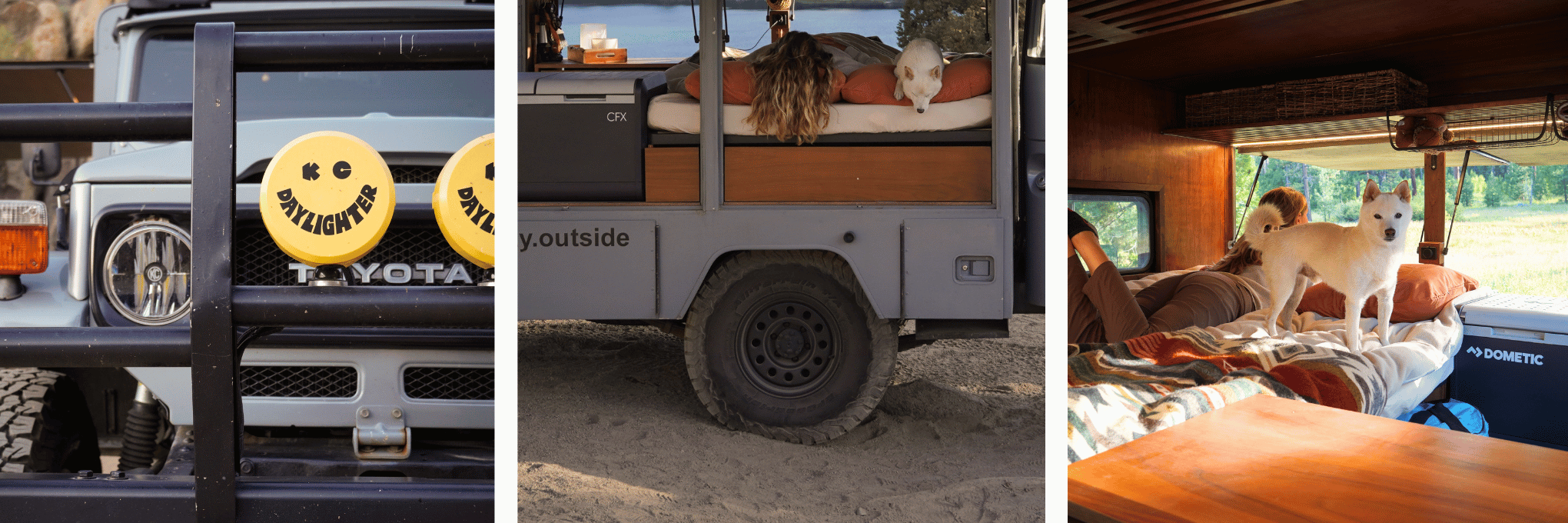
How much time and effort did the entire process take, and was it worth it?
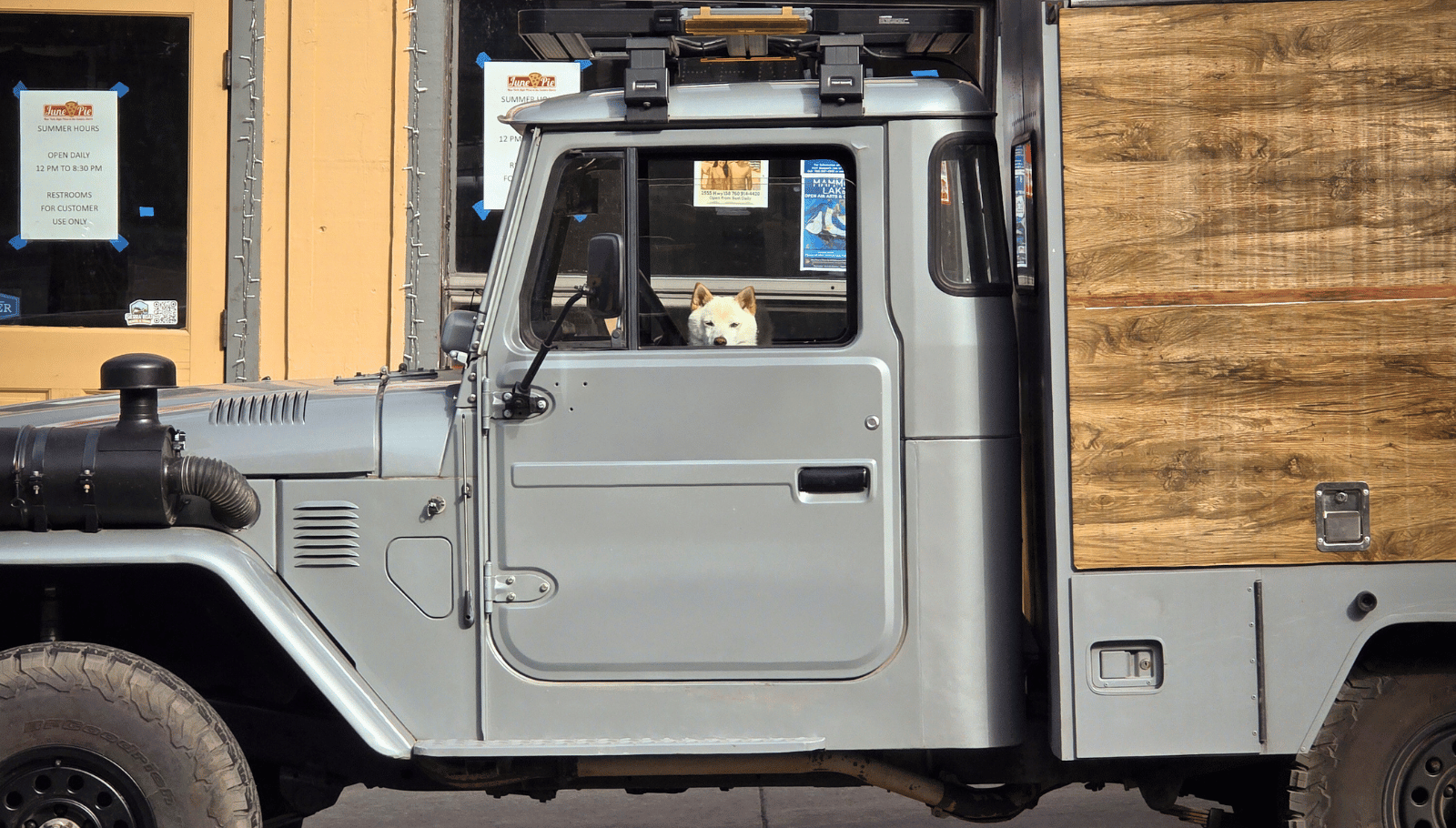
What’s one feature in your rig that you’ve learned you cannot live without?
The bed! Let’s be real, we’ve all experienced backpacking pads, blow-up mattresses, etc. Getting a comfortable sleep especially after we hike or climb is crucial.
Are there any features or upgrades you wish you had added (or done differently)?
It’s very much still an ongoing project, and our next focus is making it more comfortable for long drives. Upgrading the suspension and seats is at the top of the list, and since we don’t have AC, summers can be pretty rough. Down the road, we’d love to do an engine swap with a Toyota 12HT—the next-generation turbo diesel. That upgrade would finally let us keep pace on the uphills instead of crawling along with the semis.
Where is the coolest place you have taken your rig?
Death Valley, Grand Staircase Escalante, and Yosemite are our favorites so far.
Do you have any advice for someone just starting their overland rig build?
Keep It Simple Silly. Focus on function over fancy features—your priorities should be like any other trip outdoors: food, water, shelter/sleep. Don’t be afraid of DIY—YouTube and forums can teach you almost everything and empowers you. And most importantly: build for how you’ll actually use the rig.

